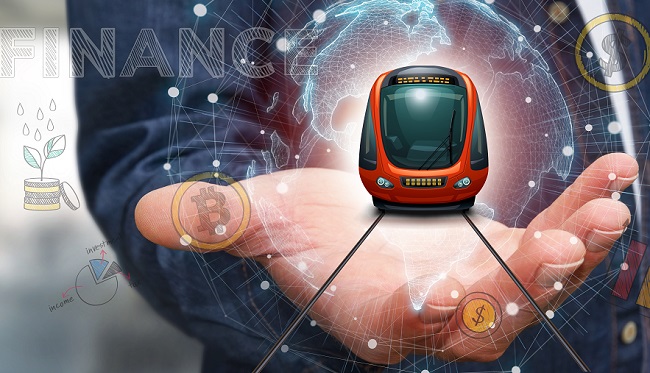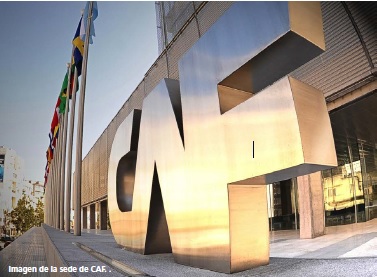
INTERNATIONAL FINANCIAL INSTITUTIONS WORK IN LATIN AMERICA TO PROMOTE INTEGRATION, DEVELOPMENT AND OPTIMIZE DIFFERENT ASPECTS THAT IMPROVE THE LIVES OF PEOPLE SUCH AS MOBILITY PROJECTS. TO DO THIS, THEY USE A WIDE RANGE OF RESOURCES FROM LINES OF CREDIT, SUPPORT IN TECHNICAL STRUCTURING OR RESEARCH.
Social and economic development in Latin America is supported by several financial agencies and institutions that, with their work, promote projects for the advancement of these countries.
Highlights include the Development Bank of Latin America (CAF), the Inter-American Development Bank (IDB) or the Central American Bank for Economic Integration (CABEI).
DEVELOPMENT BANK OF LATIN AMERICA (CAF)
This body was incorporated in 1970 and consists of 19 countries (17 from Latin America and the Caribbean, Spain and Portugal) and 13 private banks in the region. CAF works on Latin American integration and sustainable development in the region. To this end, it promotes different initiatives through operations and lines of credit, non-refundable resources and support in the technical and financial structuring of projects in the public and private sectors of Latin America (loans, advice, guarantee and guarantees, shareholdings, cooperation, treasury services, etc.). Another of its strategic functions is research on those problems and challenges facing Latin America.
For the performance of its work, CAF has established numerous institutional alliances (UN, Club of Financial Institutions of Development, World Economic Forum, Organization of American States, London School of Economics and Political Science, among others. One of its areas of action focuses, from the beginning, on improving transport connections. This work began in 1972 with the construction of the Rio Limón Bridge to improve connectivity between Venezuela and Colombia.
Over the past 10 years, the institution has promoted urban mobility projects that have benefitted 77 million people.
Among the most outstanding projects is its support for the Central Railway of Uruguay, the renovation of the Belgrano Sur (Argentina) railway, the Bogota Metro (Colombia) or the Metro de Quito (Ecuador). Also public tenders such as research for the analysis of transport infrastructure projects and their impact on the economic development of Latin America.
In addition, with the aim of supporting national infrastructure plans and Public-Private Participation (“PPP”) programmes, it has financed parts of projects such as the Ferrocarril Central Railway with a long-term loan in Uruguay.
Some operations also include their participation as one of the structurers. This improves the viability of other lenders’ income and it mobilizes the resources needed to achieve their financial closure.
INTER-AMERICAN DEVELOPMENT BANK (IDB)
The IDB Group is composed of the Inter-American Development Bank (IDB), which works with governments, IDB Invest, which collaborates with the private sector, and the IDB Lab, created to apply innovative formulas to drive more inclusive growth. Its mission is to provide flexible financial solutions to beneficiary countries for their economic and social development. It is the main source of financing for development in Latin America and the Caribbean. The IDB also funds national and regional technical cooperation programmes in areas ranging from institutional strengthening to knowledge transfer.
On transport, as in other respects, its work is aligned with the Sustainable Development Goals (SDG), as set out in its sustainability report.
The IDB manages other value tools such as the INFRALATAM web, which aims to evaluate and promote the analysis of infrastructure investments. Their extensive action in transport and mobility includes numerous examples such as their support to improve the General San Martín Railway in Buenos Aires (Argentina), and to build the Ferrocarril Central Railway line in Uruguay.
Development banks promote economic and sustainable growth in Latin America”.

